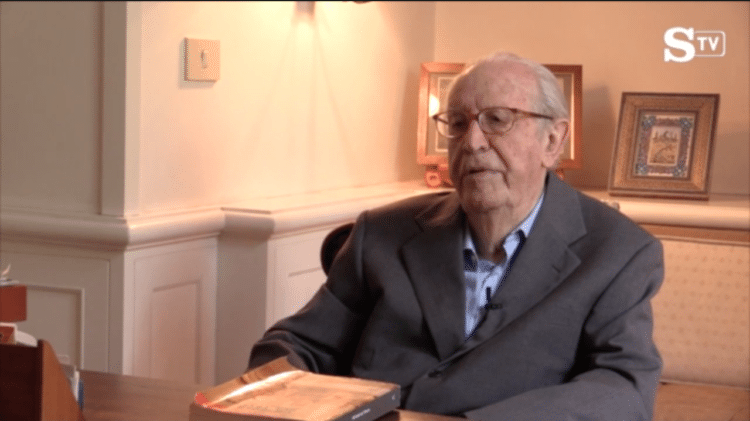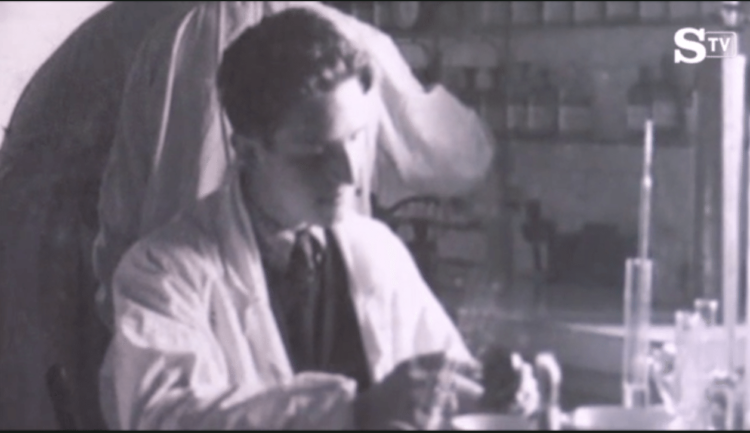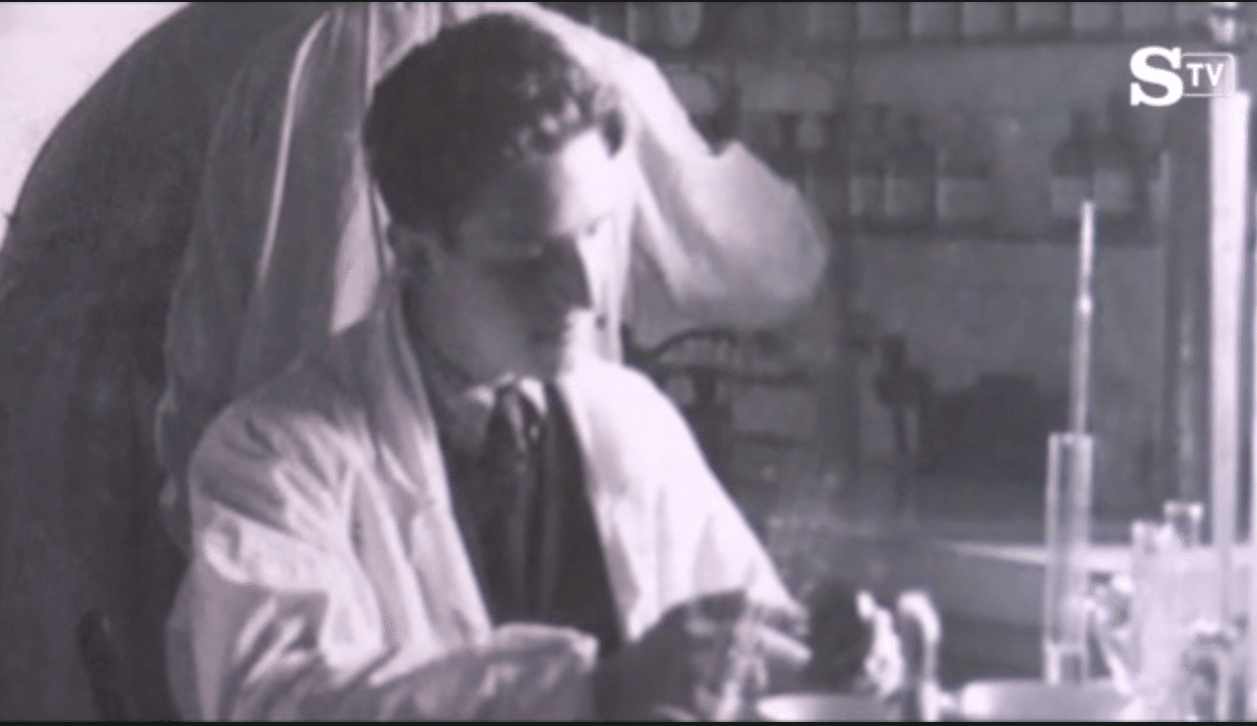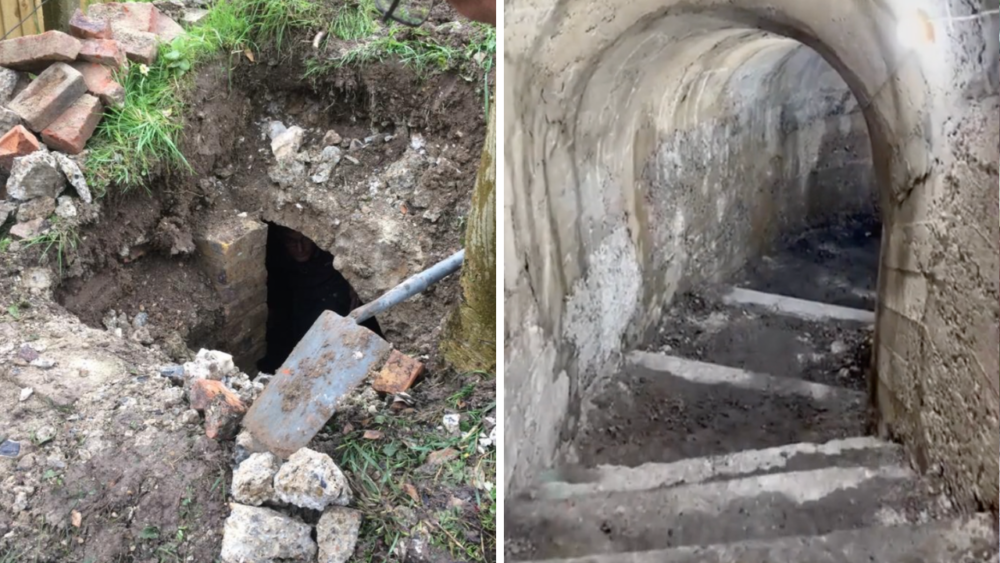Syndrome K: The Fake Disease That Saved Jews During WWII
If you’ve never heard of the disease called “Syndrome K,” you’re not alone—in part because it actually doesn’t exist. But it did save a number of Jewish lives during World War II, and the incredible story is finally coming to light.
Invented by doctor and anti-fascist activist Adriano Ossicini, “Syndrome K” was a code name meant to protect real patients and healthy people who were in hiding—including Jews, political dissonants and revolutionaries.
Located across from the Jewish Ghetto in Rome, Italy, the 450-year-old Fatebenefratelli Hospital was the birthplace of Syndrome K. Invented in 1943, Jews who were able to escape Nazi raids on the ghetto fled to the Catholic hospital where they were given case files that labeled them with the fake disease.

In the autumn of 1943, German soldiers in Italy began to round up Italian Jews and deport them to concentration camps. More than 10,000 Jews were ultimately sent to concentration camps in just two years of Nazi occupation, and most were murdered there. But thanks to a group of doctors in Rome, at least 20 Jews were saved from the camps due to the deadly, disfiguring “Syndrome K.”
“The Nazis thought it was cancer or tuberculosis, and they fled like rabbits,” Vittorio Sacerdoti, a Jewish doctor working at the hospital under a false name, told the BBC in a 2004 interview.

Syndrome K was named for two Nazi officials: Albert Kesserling, the German commander overseeing Rome’s occupation, and city police chief, Herbert Kappler who would later mastermind the Ardeatine massacre, a mass-killing of Italian Jews and political prisoners in 1944.

Despite Italy’s historically anti-Semitic laws, Syndrome K is a bright spot in the story of Italian Jews, one of the oldest Jewish communities in Europe. Though accounts of how many lives were saved vary from dozens to hundreds, survivor testimonies gathered by Yad Vashem can confirm that the hospital managed to save at least a few more Jewish lives after the Nazi raids in the fall of 1943.
Last summer, Fatebenefratelli Hospital received the “House of Life,” honor from the Raoul Wallenberg Foundation, a U.S. organization that is dedicated to honoring heroic acts during the Holocaust.
Ossicini, age 96 at the time, gave an interview to Italian newspaper La Stampa for the occasion.
“The lesson of my experience was that we have to act not for the sake of self-interest, but for principles,” he said. “Anything else is a shame.”






